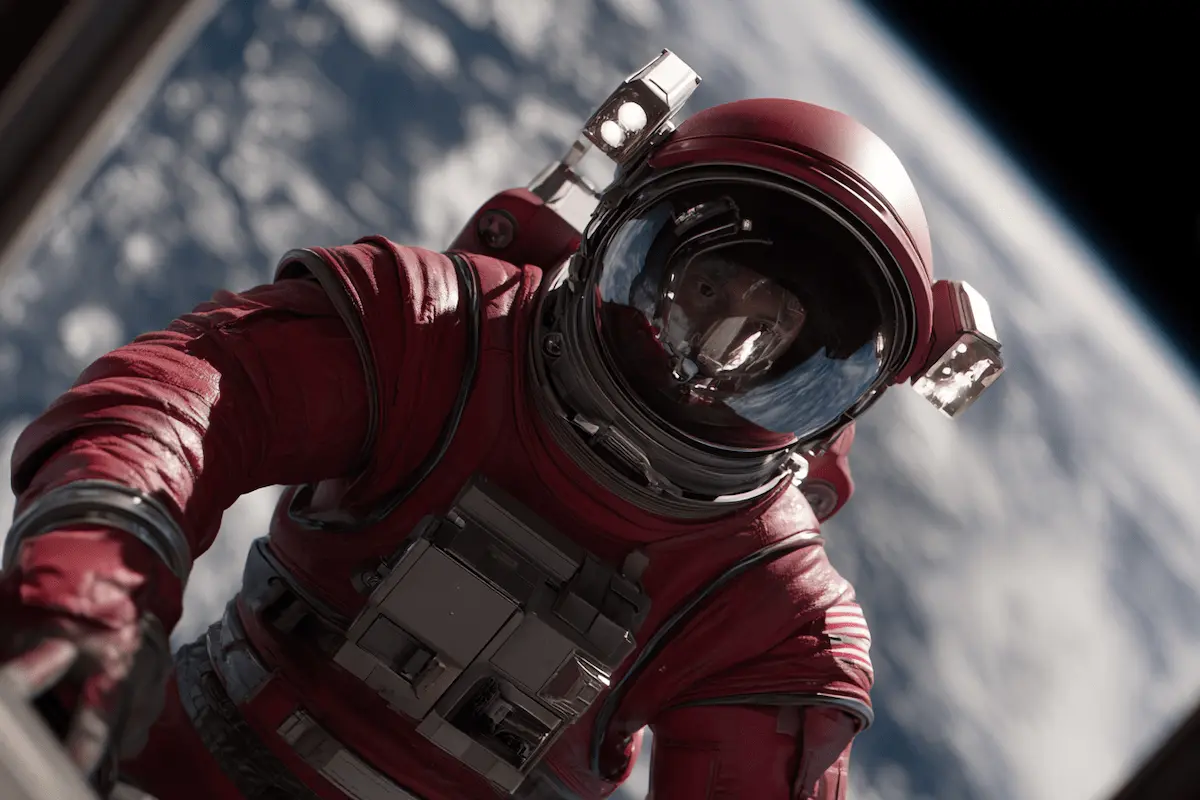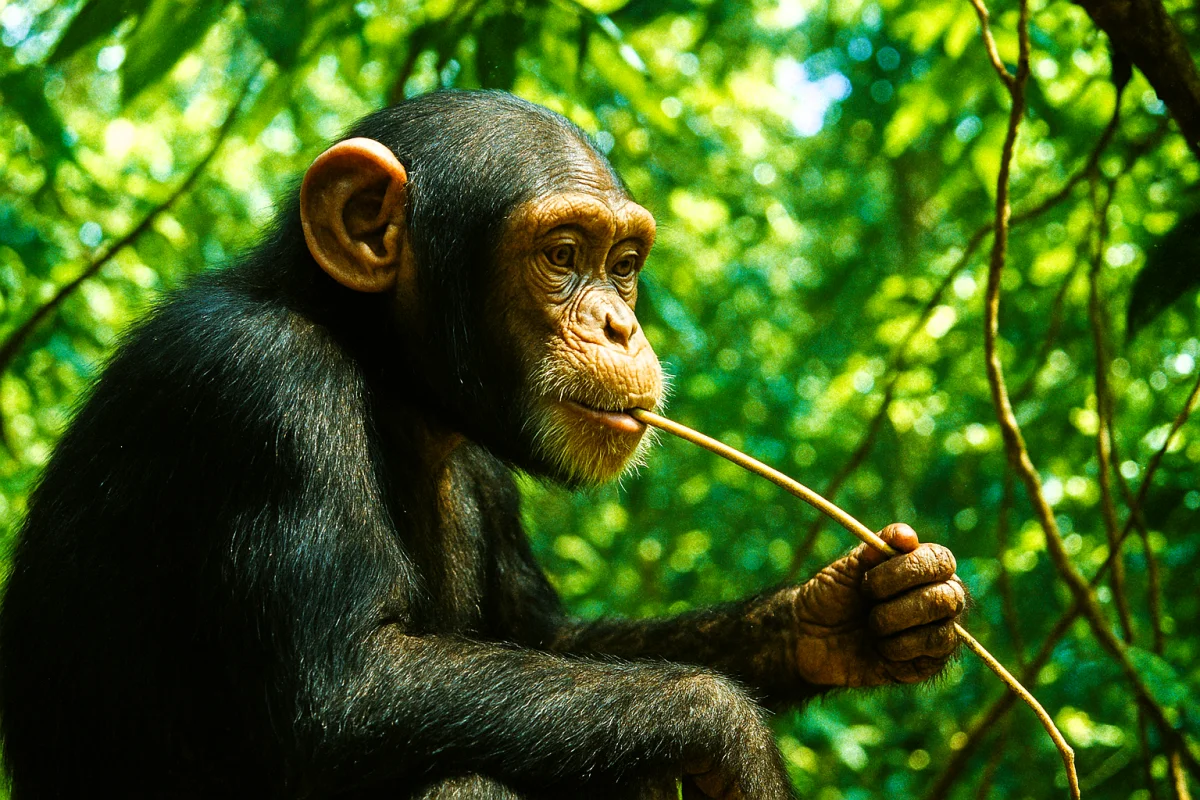The Most Scientifically Accurate Space Movies — Reviewed by Reality
Hollywood loves space — the silence, the danger, the endless unknown. But how often do movies reflect what science actually says? In this article, we explore five iconic space films that dared to get the science (mostly) right. From black holes to orbital mechanics, let’s dive into the most scientifically accurate space adventures ever made.

Photo: AI-generated image created for ZenoFusion
🎬 Movies Covered:
Interstellar (2014)
Christopher Nolan’s cosmic epic is a favorite among physicists, and for good reason. Nobel Prize-winning scientist Kip Thorne guided the movie’s depiction of black holes and gravitational time dilation. The result? A visually stunning black hole (Gargantua) that’s so accurate, it appeared in scientific journals. While the concept of “love as a force” and the tesseract finale drift into fiction, much of the science holds up under scrutiny.
The Martian (2015)
Directed by Ridley Scott and based on Andy Weir’s novel, this film is a masterclass in scientific realism. From growing potatoes in Martian soil to managing oxygen and water, most of the survival tactics are grounded in actual NASA procedures. The biggest scientific stretch? The violent Martian storm — Mars’ atmosphere is too thin for such intense wind force. But overall, it’s an impressive tribute to human ingenuity and science.
Apollo 13 (1995)
This film is based on the real 1970 NASA mission that almost ended in disaster. With dialogue lifted from mission transcripts and stunning attention to technical detail, Apollo 13 is less sci-fi and more historical docudrama. From the failure of the oxygen tank to the improvisation that brought the crew home, it remains one of the most faithful space films ever made.
Gravity (2013)
Visually breathtaking, Gravity puts viewers directly into the chaos of a space disaster. Its depiction of microgravity and silence in space is spot-on. But orbital mechanics are less precise — the idea of moving between the Hubble, ISS, and Tiangong stations so quickly is unrealistic. Still, for cinematic tension and immersive realism, Gravity sets a high bar.
2001: A Space Odyssey (1968)
Stanley Kubrick’s masterpiece was ahead of its time. The use of artificial gravity through rotation, the absence of sound in space, and the pacing of long-distance space travel all reflect real science. While the monolith and final act lean into philosophy and speculation, 2001 remains a template for how to make science feel majestic and mysterious.
✍ Author: Tornike (Content Strategist, ZenoFusion) May 8, 2025
✍ Article Author
- Registered: 27 April 2025, 10:30
- Location: Georgia




 Tornike
Tornike